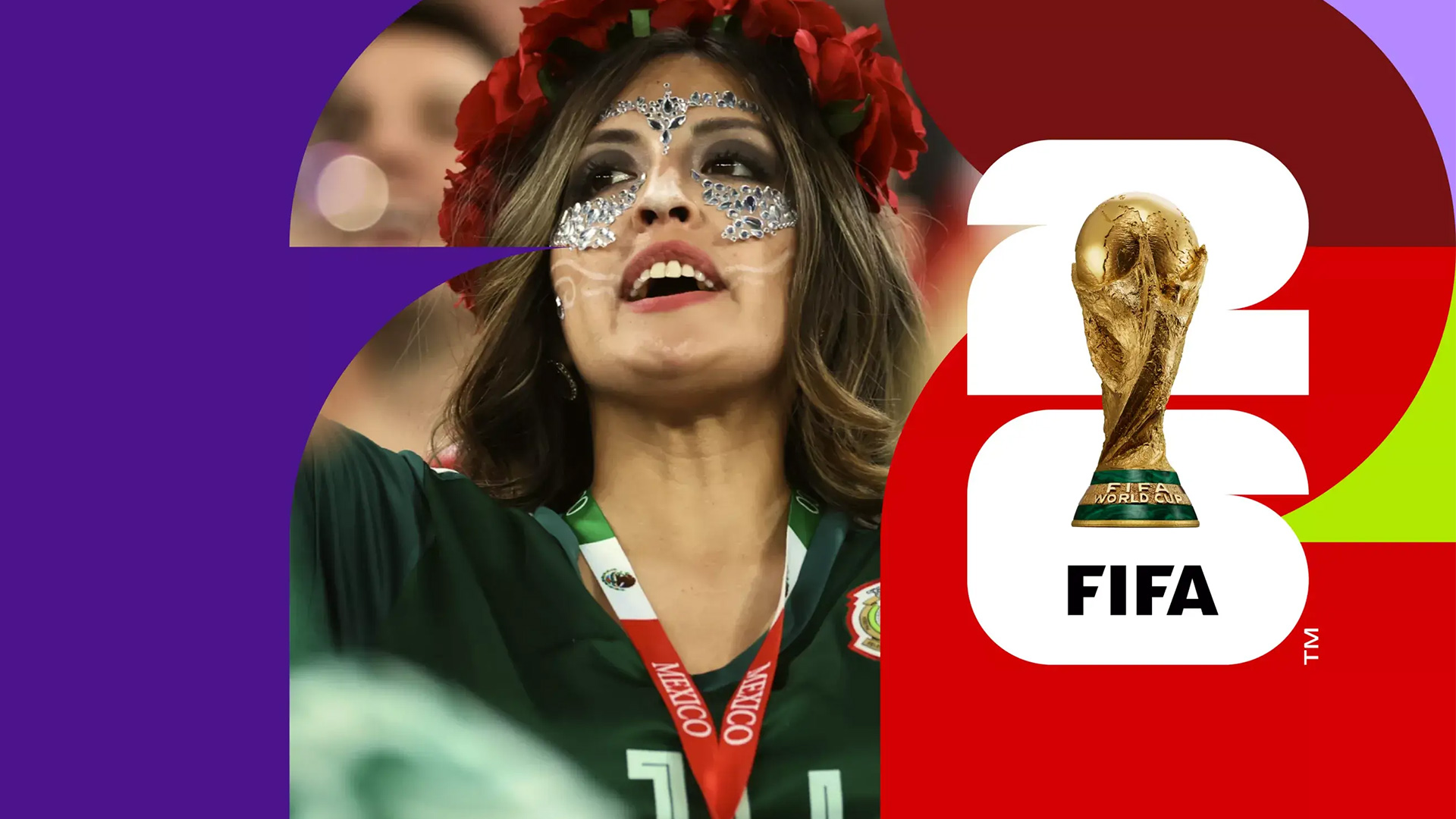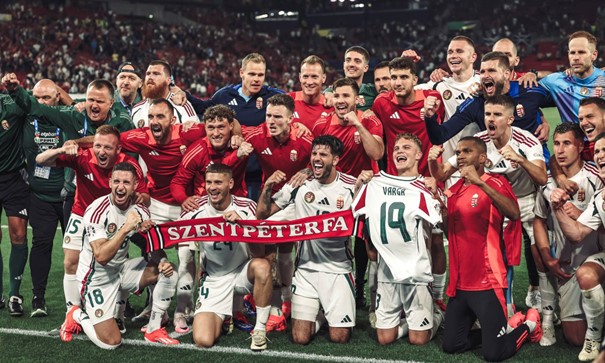Method Developed by Hungarian Researchers Could Help Hungary Qualify for the 2026 Football World Cup
Hungary could have an easier path to the 2026 FIFA World Cup, and American associations might also secure more spots if World Cup qualification quotas were allocated using a fairer method developed by László Csató, a scientific researcher at HUN-REN SZTAKI, in collaboration with his co-authors. Additionally, the researcher shed light on changes made to the organization of the European Football Championship (Euro) after 2016.
As the 2024 UEFA European Football Championship draws to a close, it might be time to start looking ahead to the 2026 FIFA World Cup. This upcoming tournament is noteworthy for several reasons:
- It will be the first World Cup featuring 48 teams.
- It will be the first World Cup hosted by three countries.
- It will be the first World Cup to guarantee a spot for a national team from the Oceania region.

Bring on the Élő ratings!
World Cup qualifiers are organized independently by FIFA's six confederations, with most teams qualifying without playing against countries from other geographical zones. László Csató, a scientific researcher at the Operations Research and Decision Systems Research Group of the Engineering and Business Intelligence Laboratory at HUN-REN SZTAKI, along with his co-authors Marcell László Kiss (Corvinus University) and Zsombor Szádoczki (SZTAKI, Corvinus University), proposed a method based on comparing the past performance of the confederations to ensure fairer quota allocation.
This method is based on the system of Hungarian-American physicist Árpád Élő, which FIFA has also used since 2018 to compile the official world rankings of national teams. One of the most important roles of the world rankings is to seed teams for major tournaments and qualifiers.
The authors extended this method for comparing confederations, but the seemingly simple generalization came with numerous challenges. Firstly, they had to decide on the update frequency, since no national team can play more than one match on the same day or even at the same time, while this condition does not apply to the teams of a continent. It is also questionable how influential the performance of the best teams should be. For instance, should South America receive more quotas if Brazil, a constant participant since the beginning, performs better?
Another issue is which matches to consider, as countries from different geographical regions only play competitive matches against each other in the World Cup and its playoffs, and some of these matches may no longer have serious stakes. As a result, they presented various model versions based on the update frequency of Élő ratings, the length of the sample, and the selection of the set of highlighted teams.
Based on their calculations, more European and South American teams should participate in the 48-team World Cup compared to the current allocation. In the 2026 World Cup, 16 European and 12 North, Central, and South American teams will participate. The CONCACAF zone (which includes North and Central America, as well as the Caribbean) also deserves more quotas than the Asian Football Confederation (AFC). However, in 2026, there will be 8.33 Asian quotas compared to 6.67 CONCACAF quotas (the fractional numbers result from playoff spots).
Fairer quotas and a fairer World Cup
Not only is the quota system for the 48-team World Cup considered unfair, but the final itself also raises issues. László Csató, as a researcher, highlighted that powers of 2 are preferred because they make the progression of teams clearer (for instance, with 24 teams, the top 2 teams from 8 groups of 4 advance). In the 48-team format—similar to the current 24-team European Championship—the best third-placed teams also remain in the competition (the top 8 from 12 groups advance), which poses several problems. For example, it might take several days to determine if a team advances (as it happened with the Hungarian team in the current European Championship), or whether a group winner will face a group runner-up or a third-placed team in the round of the best 32 (in the European Championship, it's the round of the best 16).

A small change that improved the Euros
"There is an interesting aspect that relates to this: between the 2016 and 2020 (held in 2021 due to COVID-19) UEFA European Championships, changes were made to the previously mentioned system," said László Csató. "The six groups cannot be treated equally. For example, some group winners play against group runners-up, while others face third-placed teams. In 2016, this was very unevenly distributed; back then the host France's group (Group A) was the strongest, while Group E was the weakest. By the 2020 (and 2024) Euros, this was changed, based on the suggestion of a French mathematician, Julien Guyon, making it fairer," added the SZTAKI researcher.
Champions League as a model vs. "continent-swapping" countries
Just like the World Cup, the Champions League's format will also change in the next edition. However, in UEFA, the number of teams each nation can enter into the competition is determined by a ranking based on objective metrics. This means the decision is not made ad hoc or influenced by sports political lobbying, unlike FIFA's method. "We should argue that the World Cup also uses a similar objective system and allocates at least some of the spots based on performance," emphasized László Csató.
An interesting aspect of World Cup qualifiers is that there is no fixed rule about which country belongs to which confederation. The best example is Australia, which currently competes in the Asian Football Confederation (AFC), but before 2006, it was part of the Oceania Football Confederation (OFC). Previously, teams from Oceania could only qualify for the World Cup through an intercontinental playoff, often against a relatively strong South American team. "However, this was much more difficult for them than qualifying as an Asian country by finishing among the top 4 or 5 teams and gaining direct entry," added Csató László.
The researcher previously conducted a simulation, which revealed that by competing in the Asian region, the probability of Australia qualifying for the 2018 World Cup increased by over 60%. "Fair quota allocation among continents is crucial because, without it, the likelihood of countries switching continents to secure easier qualification increases," emphasized László Csató, a researcher at HUN-REN SZTAKI.
Their article analyzing the World Cup quota system was published in a prestigious operations research journal, the Annals of Operations Research, under the title "The allocation of FIFA World Cup slots based on the ranking of confederations."

